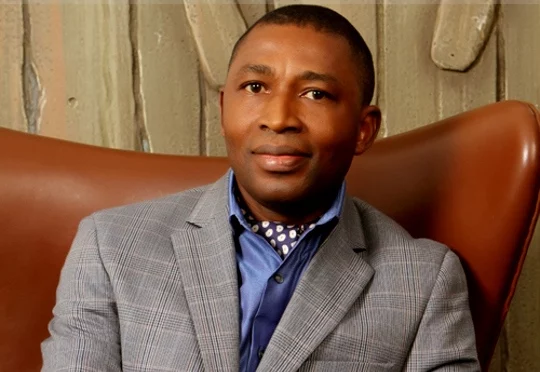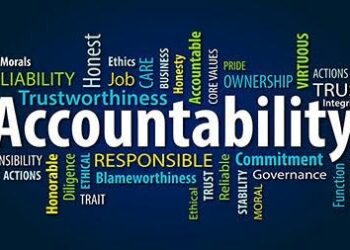Self-awareness is the bedrock of effective leadership – and this is even more so in eras of uncertainty. Effective leadership begins with good self-leadership. It starts with having well-adjusted self-integration. For a leader, knowing yourself and staying true and authentic to yourself is one of the most valuable assets you would need to lead in times of uncertainty. How well do you know your personal traits, your strengths and weaknesses? These traits inform your thinking and actions, especially when the going gets tough, when you’re faced with massive disruptions on every side.
The COVID-19 pandemic has tested the capacity of leaders in being able to steady the ship amidst the turbulence and disruptions that have shaken the entire world. Leaders who have been able to effectively manage the challenges associated with the pandemic have demonstrated a high level of self-integration that arises from a perfect understanding of the self. True self-awareness allows leaders to help themselves and others effectively.
Leaders needed to deal with ethical questions both in their private and public lives, there was a need to lead with altruism and earn people’s trust. In an era of uncertainty, the facade adorned by many leaders often gets blown away thereby exposing their weaknesses. When the rubber meets the road, tough decisions need to be taken, and important actions need to be undertaken. And for leaders who have fragile egos and who have not constructed a proper theory of self, this is the point in their lives where they begin to indulge in emotional reactivity. Emotional reactivity impacts followers, or teams in negative ways, and this ultimately results in the erosion of social trust between leaders and followers.
What we have learnt as a result of the pandemic is that, in organisations and nations where there is high social trust the leaders get responses that offer solutions more quickly than in contexts where the social trust is very low. Social trust refers to the ability of constituents, or people to trust in a leader’s intentions and abilities, and to be able to respond to whatever direction the leader chooses for them. According to O. Yul Kwon (2019) “social trust is the underlying foundation of relationships among individuals, groups, and other components of a society”. Therefore, leading effectively in an era of uncertainty and being able to see clearly indicates a high level of social and emotional intelligence on the part of a leader. Such leaders are able to take decisions that modulate the motivations, the fears, and the strengths and weaknesses of their teams. And they also ensure that their teams are able to get results even with the disruptions around them.
Where do leaders get the capacity to bring stability to their teams in the face of massive disruptions? You might want to ask, and that is a very instructive question because, as many leaders have shared their experiences during the pandemic, being able to be seen as the emotional anchor of a team is an incredibly vital part of the ability to exploit the opportunities that exists in uncertainty.
Leadership Stability In A Turbulent World
Positive stability is a term that describes the ability of the airplane to come back to its original planned position based on the inherent strengths of the plane. It is a tendency to return to a previous position after it has been inclined, or after it has been moved around a little bit. Positive stability is what keeps the plane within its normal operating system. It keeps returning to an undisturbed state after turbulence. As most pilots and aeronautical engineers will tell us, the capacity to do this lies within all of the technical stuff that work in-between the wings of the plane and right there in the belly of the fuselage. This is the same way self-awareness works for us as leaders. Leaders have this capacity within them– they must build within them that positive stability. You cannot do that without having a good configuration of yourself.
Where Does That Come From?
When we talk about self-awareness, we are talking about the ability of the leader to do introspection. Ask these questions about yourself: Who am I at my core? What are my strengths? What are my weaknesses? How do I bring impact to my world?
Unfortunately, in the world today, a lot of leaders hardly have time for this level of deep reflection. Most leaders would rather not admit that they don’t know it all. It then makes it extremely difficult to look at situations of disruption and be able to provide stability. Whatever turmoil is going on within the leader, gets transferred onto the subordinates or those who are being led. This is aptly captured by Robert J. Palmer when he says that “the leader has the uncanny ability to shed light or shadow on followers.” So, the inclination of the leader always translates into the attitude and disposition of the team.
Having a congruent vision of self, as well as a well-integrated public and private morality helps leaders to not become emotionally reactive in times of disruption or uncertainty as we have seen in recent times. It helps the team to function in a more congruent way by providing a good foundation for having tough conversations in the middle of a storm.





